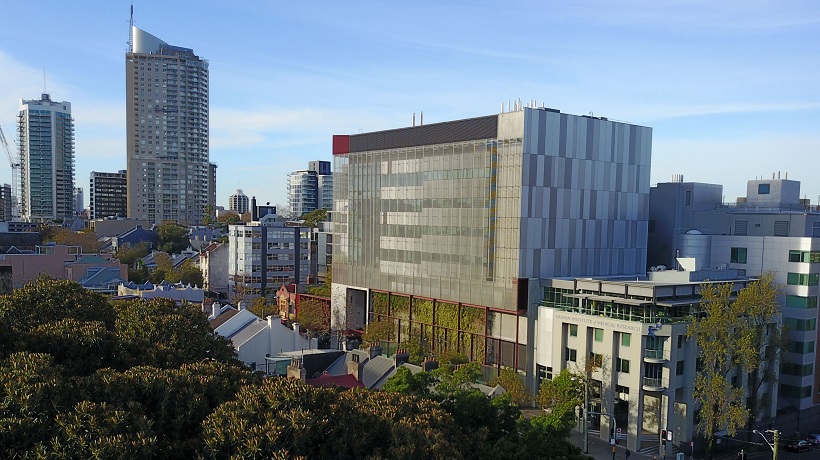
The Garvan Institute of Medical Research is one of Australia's largest medical research institutions.
Its 700 researchers are dedicated to making research discoveries that will provide better diagnoses and safer, more effective personalised treatment and prevention for everyone. Garvan’s main research areas are cancer, diabetes and metabolism, genomics and epigenetics, immunology and inflammation, osteoporosis and bone biology, and neuroscience.
Garvan is a powerhouse in genomics. Its brilliant scientific minds combine genomics with the newest technology, big data, biology, engineering, medical science and clinical practice to achieve the goal of a longer, healthier life for everyone.
Meet the scientist we've funded at the Garvan Institute
Associate Professor Alex Swarbrick
Associate Professor Alex Swarbrick leads the Tumour Progression Laboratory in Garvan’s Cancer Division, is co-Head of the Breast Translational Oncology Program and is a conjoint Associate Professor at UNSW. He completed his PhD with Nobel laureate J. Michael Bishop at the University of California, San Francisco, supported by a CJ Martin Travelling Fellowship from the National Health and Medical Research Council.
The area of research supported by The Kids' Cancer Project focuses on neuroblastoma, a cancer of small children and babies, who often present with metastatic poor-prognosis disease, which has a less than 50 per cent 5-year survival rate. Neuroblastoma is commonly treated with cytotoxic chemotherapy, which is only partly effective but is highly toxic and damaging to these young patients.
The Swarbrick lab has discovered that microRNAs - small RNA (similar to DNA) molecules produced by every cell - are important to the growth of neuroblastoma and its response to therapy. They have discovered several microRNAs that very effectively kill neuroblastoma cells, either alone or in synergy with low doses of chemotherapy. Associate Professor Swarbrick wants to use these microRNAs to develop safe and effective treatments to replace, or markedly improve, conventional chemotherapy for children with neuroblastoma.
If successful, a microRNA-based therapy will be ready for clinical trials in children within four years.
Read more: MicroRNA drugs for the treatment of neuroblastoma.
